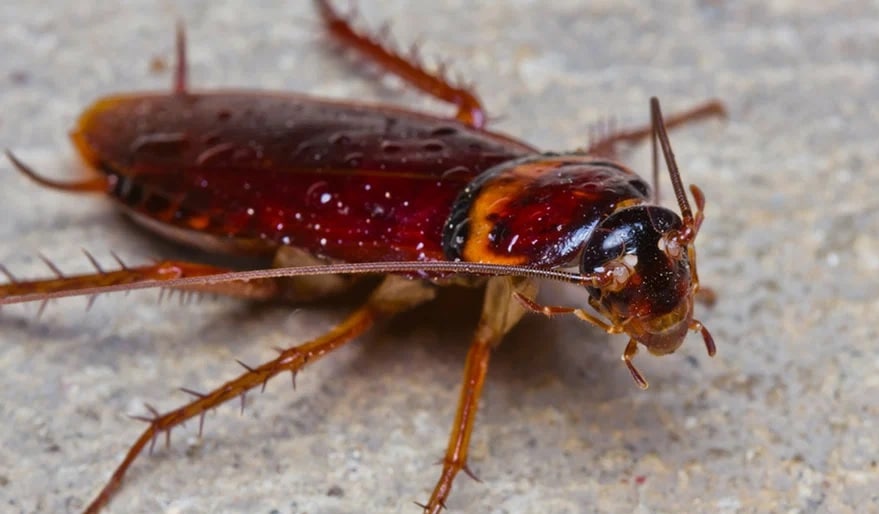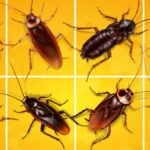Cockroaches are notorious pests known for their resilience and ability to thrive in various environments. While they are more commonly associated with spreading diseases and contaminating food, many people wonder whether cockroaches bite and, if they do, what their bites look like. This article delves into the details of cockroach bites, their appearance, symptoms, and preventive measures.
Do Cockroaches Bite Humans?
Cockroaches rarely bite humans. They are scavengers by nature and prefer feeding on leftover food, organic waste, and decaying matter. However, in extreme infestations or when food is scarce, cockroaches may resort to biting humans. Bites usually occur at night when the cockroaches are most active, targeting exposed areas of the body such as the hands, face, and feet.
What Do Cockroach Bites Look Like?
Cockroach bites are often mistaken for other insect bites, such as those from bed bugs or mosquitoes. Here’s how to identify a cockroach bite:
- Appearance:
- Cockroach bites usually appear as small, red, and raised bumps on the skin.
- They are often accompanied by a distinct puncture mark at the center of the bite.
- Size and Shape:
- The bites are typically circular and slightly larger than mosquito bites, depending on the individual’s skin reaction.
- Inflammation:
- The affected area may become swollen and itchy, similar to other insect bites.
- Location:
- Bites are commonly found on exposed areas of the body, such as hands, arms, legs, and the neck.
Symptoms of Cockroach Bites
While cockroach bites are not venomous, they can cause discomfort and, in some cases, allergic reactions. Common symptoms include:
- Itching and Redness: The area around the bite may itch intensely and appear red.
- Swelling: Mild swelling is a common reaction to cockroach bites.
- Pain or Irritation: Some individuals may experience a slight burning sensation or tenderness around the bite.
- Allergic Reactions: In rare cases, a person may develop a severe allergic reaction, including hives or difficulty breathing.
How to Treat Cockroach Bites
If you suspect a cockroach bite, follow these steps for relief and prevention of infection:
- Clean the Area:
Wash the bite with soap and warm water to remove any bacteria and reduce the risk of infection. - Apply Antiseptic:
Use an antiseptic cream or lotion to soothe the affected area and prevent bacterial contamination. - Reduce Swelling:
Apply a cold compress or ice pack to minimize swelling and relieve itching. - Use Anti-Itch Cream:
Over-the-counter hydrocortisone cream or calamine lotion can help reduce itching and irritation. - Monitor for Allergic Reactions:
If symptoms worsen or signs of an allergic reaction appear, seek medical attention immediately.
Preventing Cockroach Bites
Preventing cockroach bites starts with eliminating these pests from your living space. Here are some effective tips:
- Maintain Cleanliness:
Keep your home clean and free of food crumbs or spills that may attract cockroaches. - Seal Entry Points:
Close cracks and crevices in walls, floors, and windows to prevent cockroaches from entering. - Use Cockroach Repellents:
Natural repellents like bay leaves or commercial insecticides can help keep cockroaches at bay. - Eliminate Clutter:
Reduce hiding places for cockroaches by decluttering your home. - Hire Pest Control:
For severe infestations, consider hiring professional pest control services.
Conclusion
While cockroach bites are relatively rare, they can be a nuisance and cause discomfort. By understanding what cockroach bites look like and how to treat them, you can effectively manage any encounters with these resilient pests. The key to preventing cockroach bites lies in maintaining a clean and pest-free environment. If bites or infestations persist, seeking professional advice is the best course of action.
Remember, a proactive approach to pest control can help ensure a healthier and more comfortable living space.



